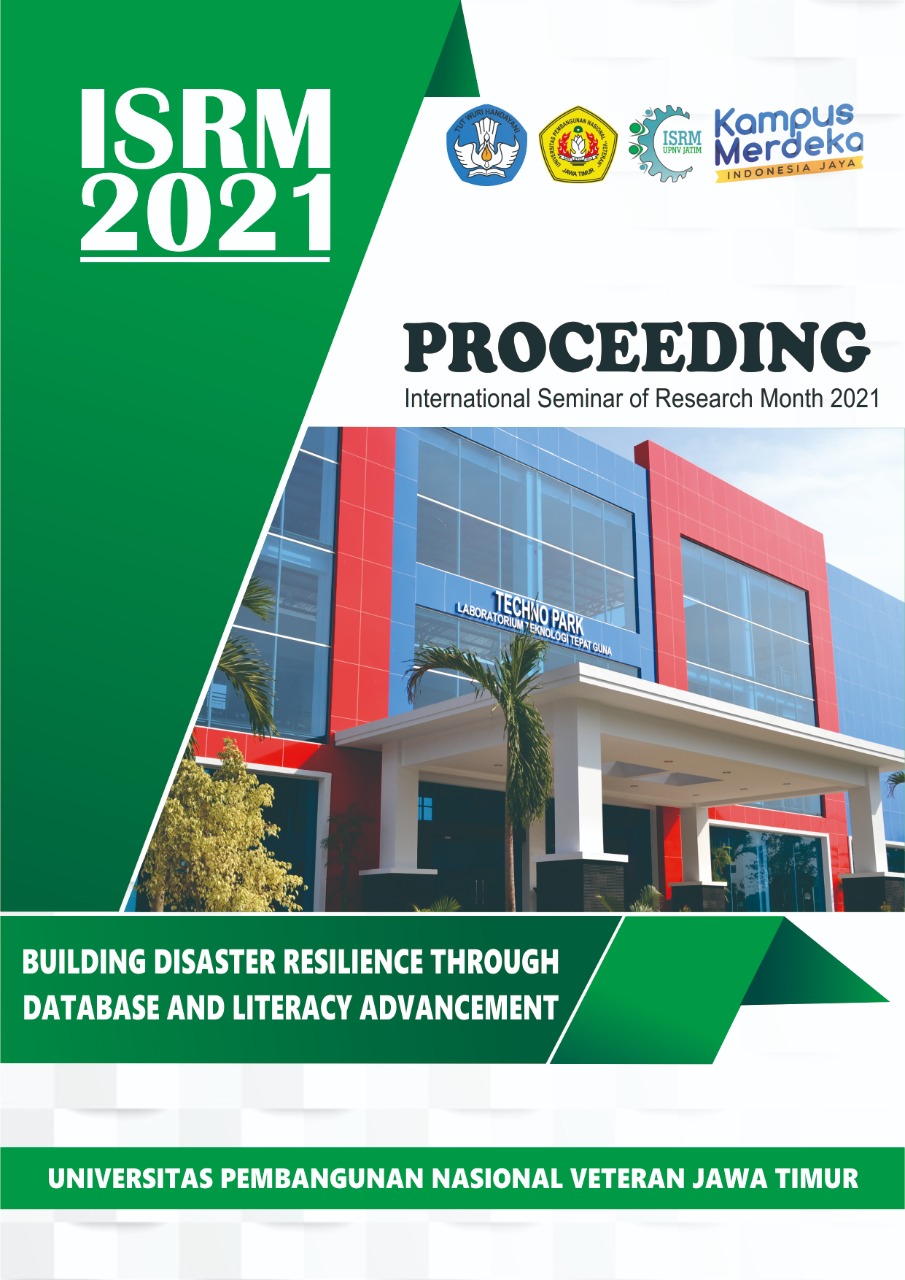Making a Mobile Educational Robot with a Practical Approach Using Arduino
DOI:
https://doi.org/10.11594/nstp.2022.2439Keywords:
Educational mobile robot, arduino, controllerAbstract
The community service held at Vocational High School (SMK) Kawung 1 Surabaya aims to make a prototype of the Mobile Robot Edu. The robot is designed in a modular form and can be programmed according to the user's wishes. The robot consists of a controller module, an ultrasonic sensor module, a line sensor module, an IR receiver module, and a Bluetooth module. So that this educational robot can be used as a line follower robot, namely with a line sensor module on the controller module, this robot also functions as a robot that can be controlled via a remote controller that emits an infrared signal that will be captured by the IR Receiver sensor that is already installed on the controller module. In addition, the robot can be controlled by a smartphone with communication via Bluetooth. Control using a smartphone can be done via the touch screen, through a voice that utilizes Google speech recognition, and through gestures that use the accelerometer sensor found on the smartphone. The outputs of this community service are the Mobile Robot Edu prototype, scientific publications, and publications in the media. So that these outputs can be used for the learning process at SMK Kawung 1 Surabaya.
Downloads
Downloads
Published
Conference Proceedings Volume
Section
License
Copyright (c) 2022 Mohammad Idhom, Arief Budijanto, Nandang Mufti, Muhammad Riski Alamsyah, Kiki Yuniar Kristiawan, Umifatul Yuni Arinda

This work is licensed under a Creative Commons Attribution 4.0 International License.
Authors who publish with this proceedings agree to the following terms:
Authors retain copyright and grant the Nusantara Science and Technology Proceedings right of first publication with the work simultaneously licensed under a Creative Commons Attribution License that allows others to share the work with an acknowledgement of the work's authorship and initial publication in this proceeding.
Authors are able to enter into separate, additional contractual arrangements for the non-exclusive distribution of the proceedings published version of the work (e.g., post it to an institutional repository or publish it in a book), with an acknowledgement of its initial publication in this proceeding.
Authors are permitted and encouraged to post their work online (e.g., in institutional repositories or on their website) prior to and during the submission process, as it can lead to productive exchanges, as well as earlier and greater citation of published work (See the Effect of Open Access).














